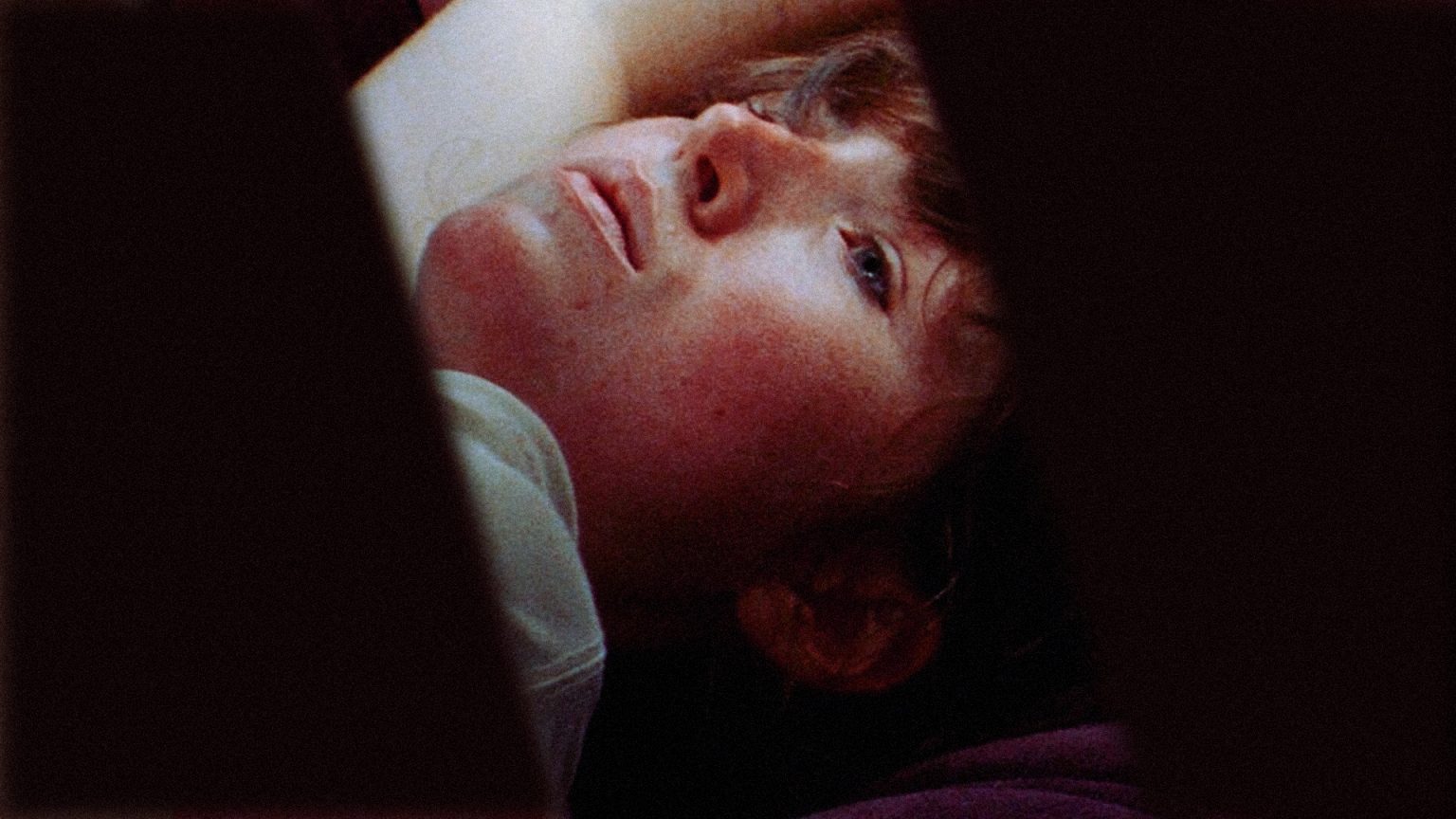What’s the formula for a festival-friendly indie flick? For most directors, the answer is simple: production maximization. Six years ago at SXSW, Amy Seimetz released her feature debut Sun Don’t Shine, an eighty-two-minute film that stars two indie icons. Right from the jump, it establishes a sense of unease and radiates with creative chemistry throughout its run time, demonstrating the power of tight, maximized filmmaking and visceral performances. Here’s why Sun Don’t Shine is more than worth the watch:
Atmosphere and Direction
In the mainstream, Seimetz is known for her extensive acting resume, and for co-writing, co-directing, and producing Starz’s acclaimed series The Girlfriend Experience. But with 2012’s Sun Don’t Shine, she doesn’t waste any time with narrative exposition. Through a shocking opening shot, Seimetz immediately establishes character conflict and sets the film’s atmospheric mood through intimate framing. Lovers quarrel and discuss a road trip to the Florida Everglades. Oh, and there might be someone in the trunk. Imagine an Ernest Hemingway short story with a touch of neo-noir. The mood is everything on Sun Don’t Shine.
Iconic Indie Performances
Art House Cinema fans: if you’re not familiar with Kentucker Audley or Kate Lyn Sheil, please hand over your indie card ASAP. Or better yet, check out their “emoji face WOW” performances in Sun Don’t Shine before exploring their work in full. In Seimetz’s film, Audley and Sheil play lovers on the lam; twenty-somethings who are bonded by romance but separated by self-doubt. Severely underrated, Audley emphasizes the inner turmoil of his character Leo, a man that’s communicative but plagued by shifting priorities. And Sheil? Well, she delivers a hypnotic performance as Crystal, commanding solitary moments with her penetrating gaze while selling other sequences with fluid non-verbal behavior.
The Timeless Factor
Narratively, Sun Don’t Shine doesn’t connect itself to a specific year. And though the characters look like Millenials, Crystal and Leo don’t spend time discussing social media or staring at their phones. Incidentally, they’re connected more with cinema’s past than current trends. Still, these characters feel timely, as Seimetz acknowledges pop culture but doesn’t submit to cultural clichés. Leo and Crystal are presented as timeless, conflicted lovers searching for happiness and meaning under difficult circumstances. They’re skeptical and vulnerable, worried about how everything will play out. For viewers, that’s the thrill of it all.
The most enduring indie filmmakers and performers have that rare ability to connect through restraint. In Sun Don’t Shine, Leo and Crystal often feel distant and lost, but it’s their emotional unease that makes them relatable. As characters, they have trust in each other, and have trust in the process, paralleling the crucial elements for successful indie filmmaking.
Watch Sun Don’t Shine on Fandor.
Q.V. Hough (@qvhough) is a freelance writer and Vague Visages’ founding editor. From 2014 to 2017, he wrote over six hundred video scripts for WatchMojo, and he’s the author of their first e-book, WatchMojo’s 100 Decade-Defining Movie Moments of the 1990s. From 2006 to 2012, Q.V. lived in Hollywood, California, and worked closely with ABC On-Air Promotions as the production manager for LUSSIER. He now resides in sunny Fargo, North Dakota, and has written for Fandor, Crooked Marquee, and RogerEbert.com.




